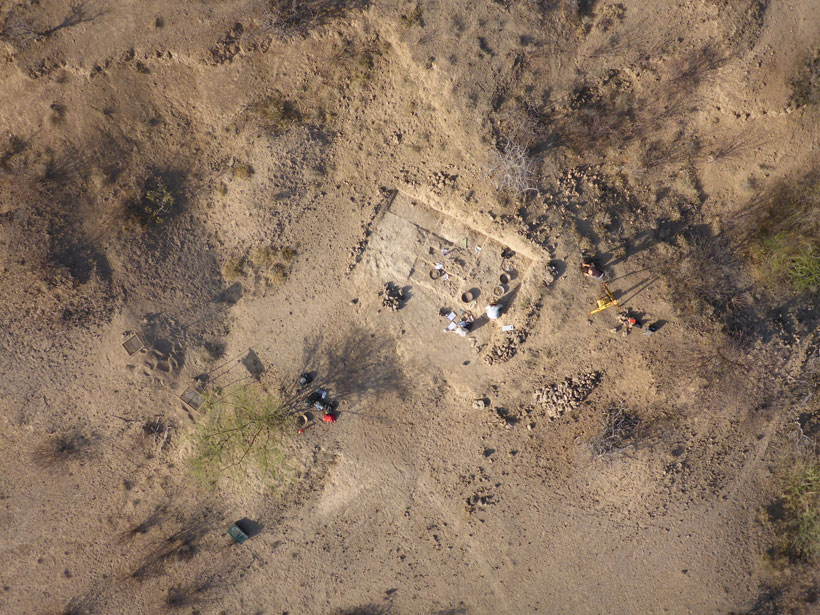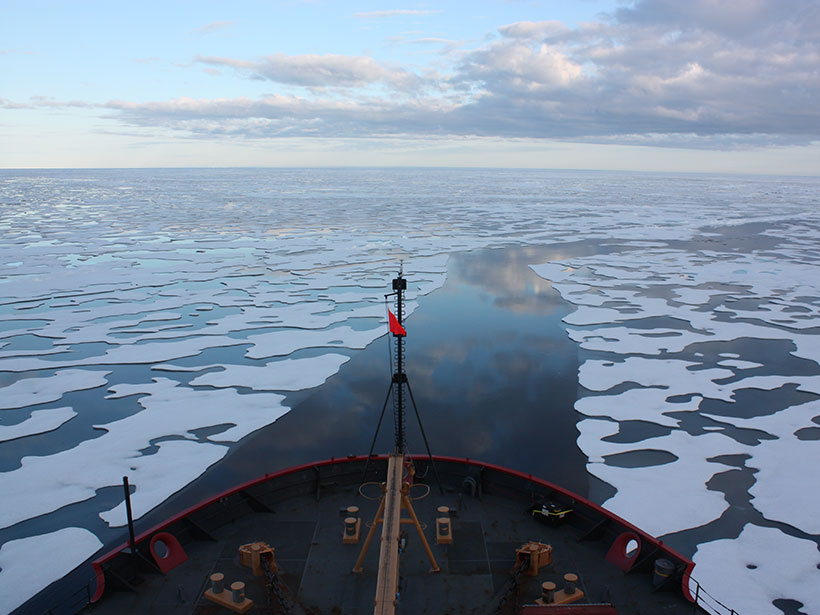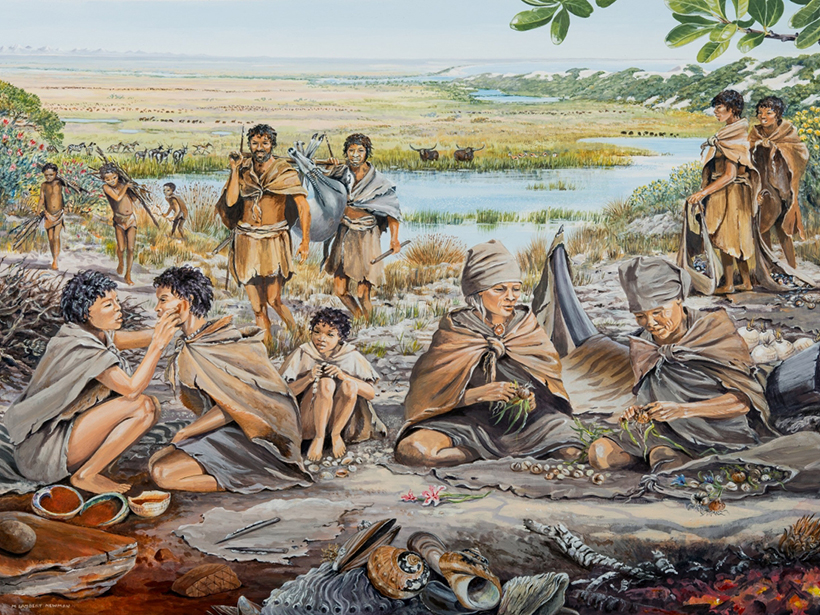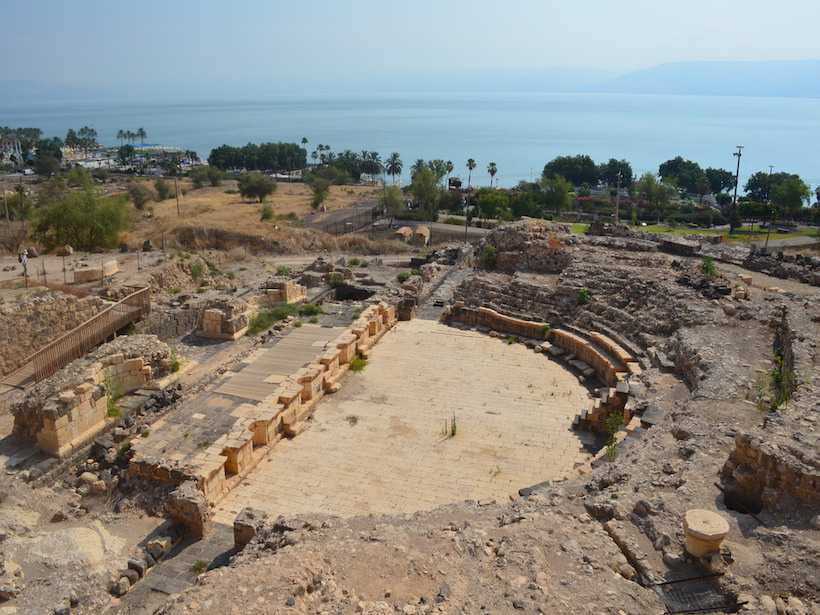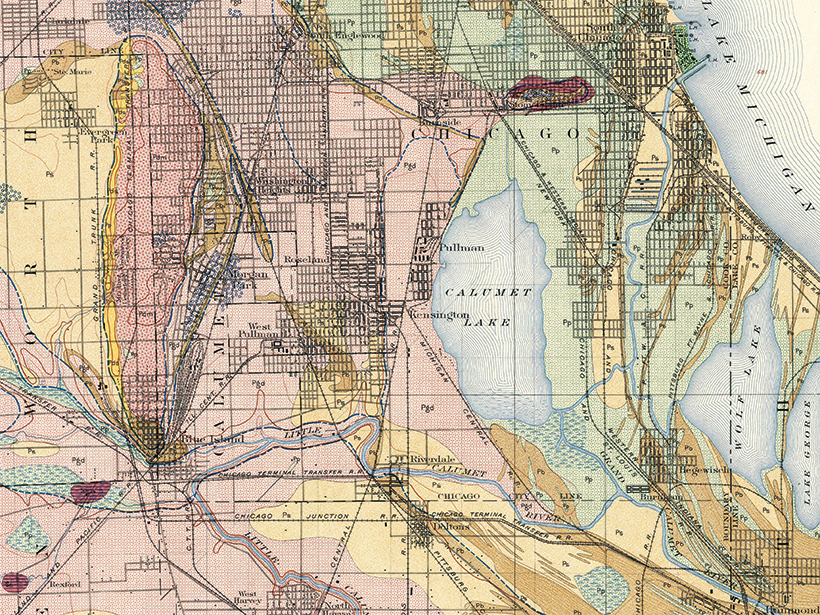A familiar geochemical technique shines a new spotlight on early hominin use of fire.
history
A 50-Year-Old Global Warming Forecast That Still Holds Up
In 1972, Mikhail Ivanovich Budyko used a simple methodology to make climate predictions that remain surprisingly accurate today and that could serve as a new “business-as-usual” scenario.
Rethinking Darwin’s Theory of Atoll Formation
Atolls have a long and complex history related to seafloor evolution, and Darwin’s model is only the beginning of the story.
Rising Seas and Agriculture Created Wetlands Along the U.S. East Coast
Most of the tidal marshes along the eastern coast of the United States formed within the past 6,000 years due to a combination of slowly rising seas and European colonization.
Megadrought Caused Yellowstone’s Old Faithful to Run Dry
Scientists studying wood samples preserved by Old Faithful have determined that the famous geyser was dormant for several decades during the 13th century due to a megadrought.
A Lost Haven for Early Modern Humans
Sea level changes have repeatedly reshaped the Paleo-Agulhas Plain, a now submerged region off the coast of South Africa that once teemed with plants, animals, and human hunter–gatherers.
Ancient Ruins Reveal 8th Century Earthquake in Sea of Galilee
Research into past seismic activity shows northeast Israel is still vulnerable to large quakes.
Podcast: The Unusual Relationship Between Climate and Pandemics
Two recent studies show how climate affects human pandemics and how pandemics, in turn, alter the environment.
Chicago Wetlands Shrank by 40% During the 20th Century
A team of graduate students measured wetland and biodiversity changes during the 100 years following the reversal of the Chicago River.
Kabuki Actor’s Forgotten Manuscript Yields Clues About 1855 Quake in Japan
Researchers analyzed a survivor’s account of the disaster to better understand future temblors.

